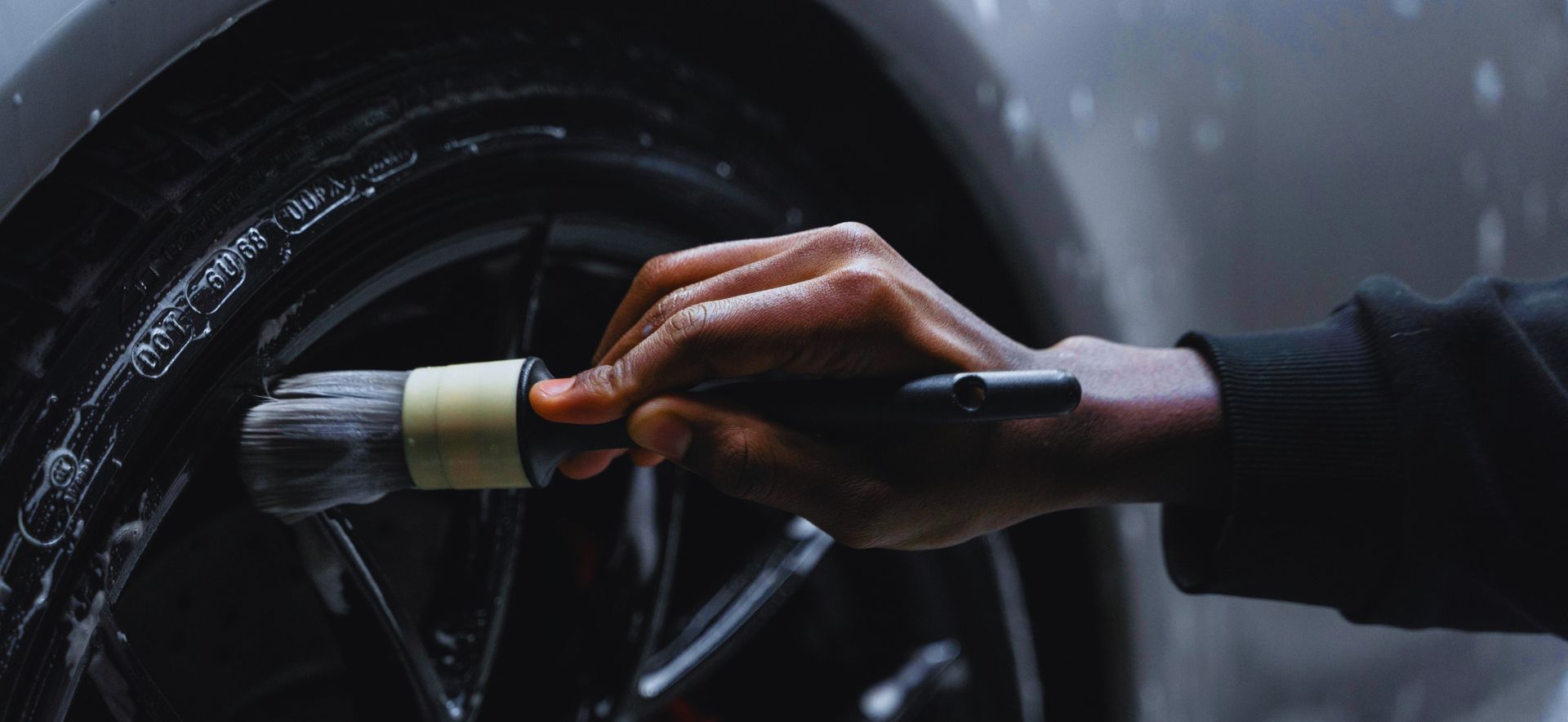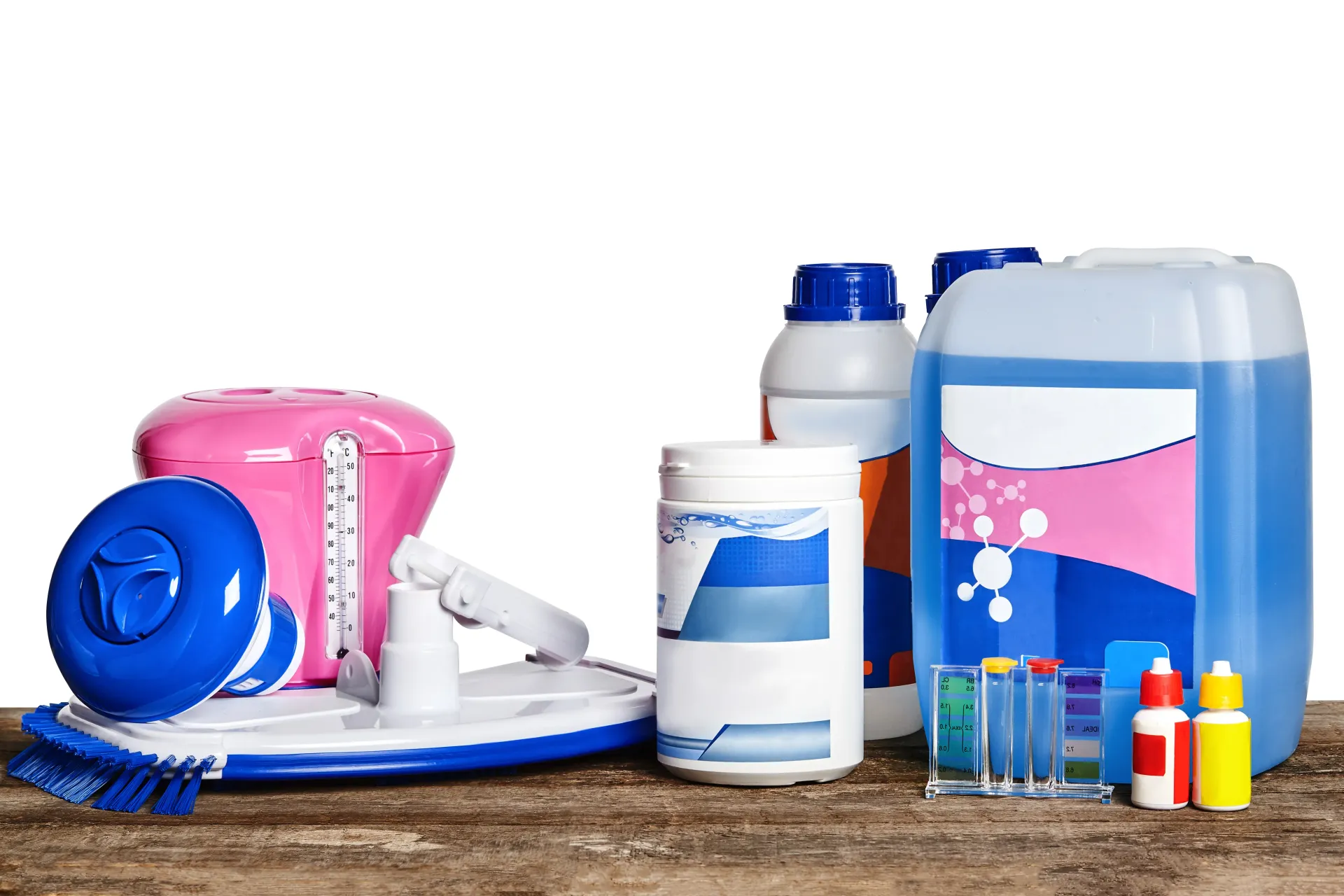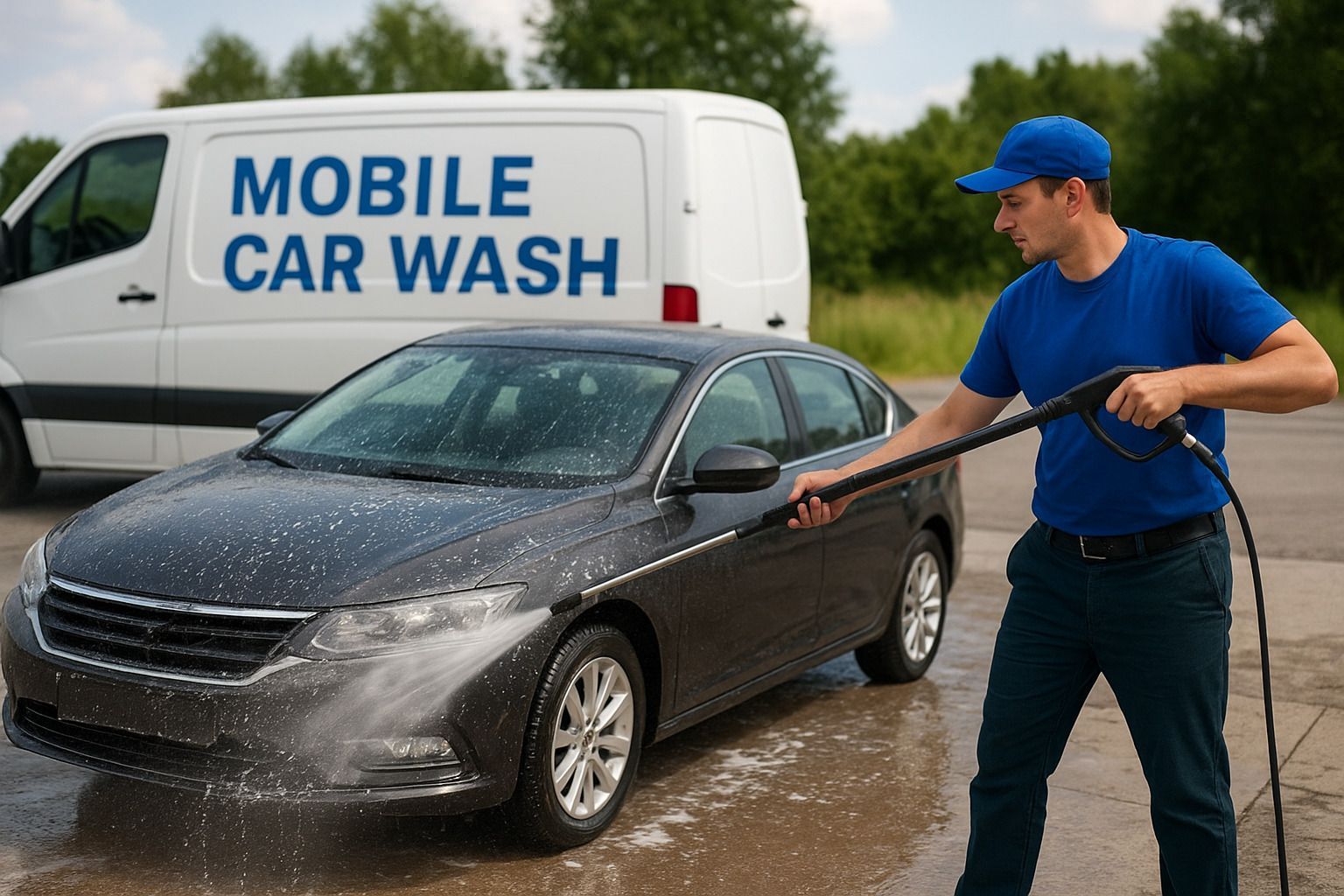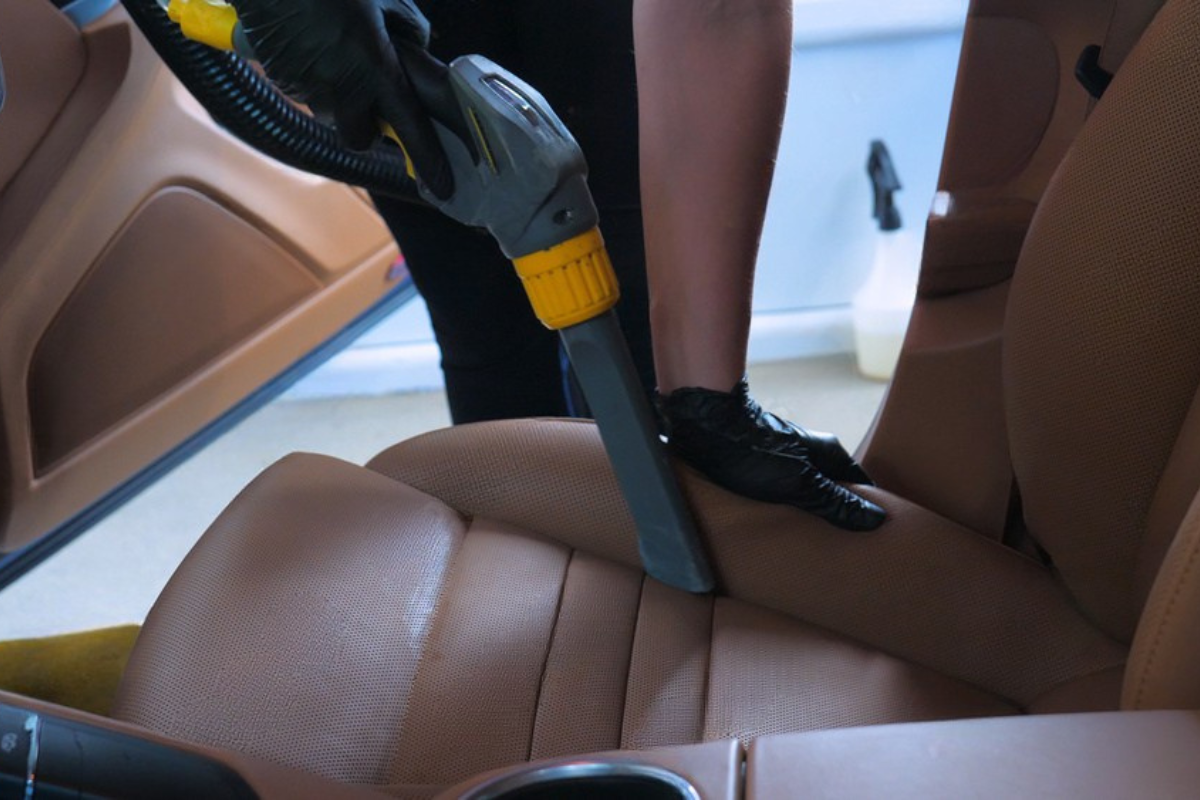How Professional Auto Detailing Protects Your Car from Mold
Mold is more than a cosmetic annoyance—it’s a silent menace that can compromise your car’s air quality, interior integrity, and even your health. Often triggered by humidity, spills, or poor ventilation, mold loves nothing more than dark, damp car interiors. Left unchecked, it doesn't just spread; it embeds. For most drivers, mold seems like a household problem, not something lurking beneath their leather seats or floor mats. Yet every year, thousands of vehicles are affected by hidden mold infestations—particularly in humid or rainy climates.

Why Moisture Is the Root Cause
Mold requires three things to thrive: warmth, organic matter, and—most crucially—moisture. Cars are especially vulnerable due to frequent exposure to rain, snow, or high humidity. Whether it's a cracked sunroof seal, a spilled drink, or condensation from your A/C unit, water has many entry points into a vehicle. In fact, areas like floor carpets, headliners, and door panels often trap moisture unnoticed.
What Is Professional Auto Detailing?
Auto detailing is far more than a glorified car wash. It is a deep-cleaning, restorative process that targets every inch of your vehicle, both inside and out. A true Mobile Auto Detailing Service employs advanced techniques, from shampooing and steam cleaning to ozone and UV treatments. These go beyond mere aesthetics—they’re tactical maneuvers in the fight against mold.
How Mold Develops Inside a Vehicle
From just one damp spot, mold spores can colonize your vehicle within 24–48 hours. Headliners, seat cushions, and especially carpeting are perfect breeding grounds. Spores remain dormant until ideal conditions arise, and once they activate, mold spreads quickly—often without you noticing until the musty smell sets in.
The Role of Detailing in Moisture Prevention
Professional detailing services don’t just remove visible dirt—they also address the unseen threats. Proper extraction equipment ensures no moisture is left behind in your upholstery or carpets. Technicians use moisture meters and airflow systems to completely dry surfaces after cleaning, reducing the chance of future mold outbreaks.
How Often Should You Detail to Prevent Mold?
Experts recommend a full interior detail at least twice a year, and more frequently if you live in wet or coastal regions. After a heavy rainstorm or flooding, immediate action is critical. Keeping a Mobile Auto Detailing Service on speed dial helps prevent long-term damage.
Interior Detailing Techniques That Stop Mold
Steam cleaning lifts contaminants from fabrics using high heat, killing bacteria and mold in the process. Shampoo extraction pulls dirt and allergens from deep within seat cushions and carpets. Ozone generators neutralize airborne spores, purifying your car’s interior down to the molecular level.
Exterior Detailing and Mold Transfer Prevention
Often overlooked, exterior detailing can indirectly prevent mold from seeping in. Door seals, trunk liners, and sunroof drains are all common leak points. Professional detailers inspect and treat these areas, ensuring no water enters to fuel mold growth.
Detailing Tools that Kill Mold Spores
Auto detailers use an arsenal of tools: enzymatic cleaners that dissolve organic matter, steamers that deliver mold-killing heat, and ozone generators for deep disinfection. These tools offer far more power than household cleaners or off-the-shelf sprays.
Professional vs. DIY Auto Detailing
DIY methods may freshen your car's appearance temporarily, but they often lack the reach and strength to tackle mold at its source. Professional detailers use industrial equipment, specialized cleaning agents, and trained techniques to ensure complete remediation.
FAQs
What causes mold to grow in cars?
Mold thrives on moisture. Common culprits include leaky windows, spilled drinks, high humidity, and poor ventilation.
How does professional auto detailing help remove mold?
Professional detailing includes steam cleaning, vacuum extraction, and ozone treatments that kill spores and remove moisture—essential for mold prevention.
Is a musty smell always a sign of mold?
While not always mold, a persistent musty odor often indicates microbial growth. It’s best to have a professional inspection.
Can mold affect my health while driving?
Yes, mold can trigger allergies, asthma, headaches, and even infections if inhaled over time.
How often should I get my car detailed?
Twice a year is ideal for mold prevention. More frequent detailing is advised in damp or high-humidity climates.
What should I do if my car was in a flood?
Don’t wait—immediately contact a professional for flood decontamination and interior mold remediation. You can Contact Sin City Detailing today for urgent services.
Conclusion
Mold in your vehicle isn’t just unsightly—it’s unhealthy, damaging, and expensive to ignore. Professional auto detailing is one of the most effective ways to protect your vehicle from this creeping intruder. Whether it’s deep cleaning the carpets, disinfecting air ducts, or neutralizing hidden spores, every step of the detailing process acts as a barrier between you and potential infestation. If your vehicle is exposed to moisture, acts quickly. Enlist the help of a Mobile Auto Detailing Service for long-term protection and peace of mind.
Links:



















